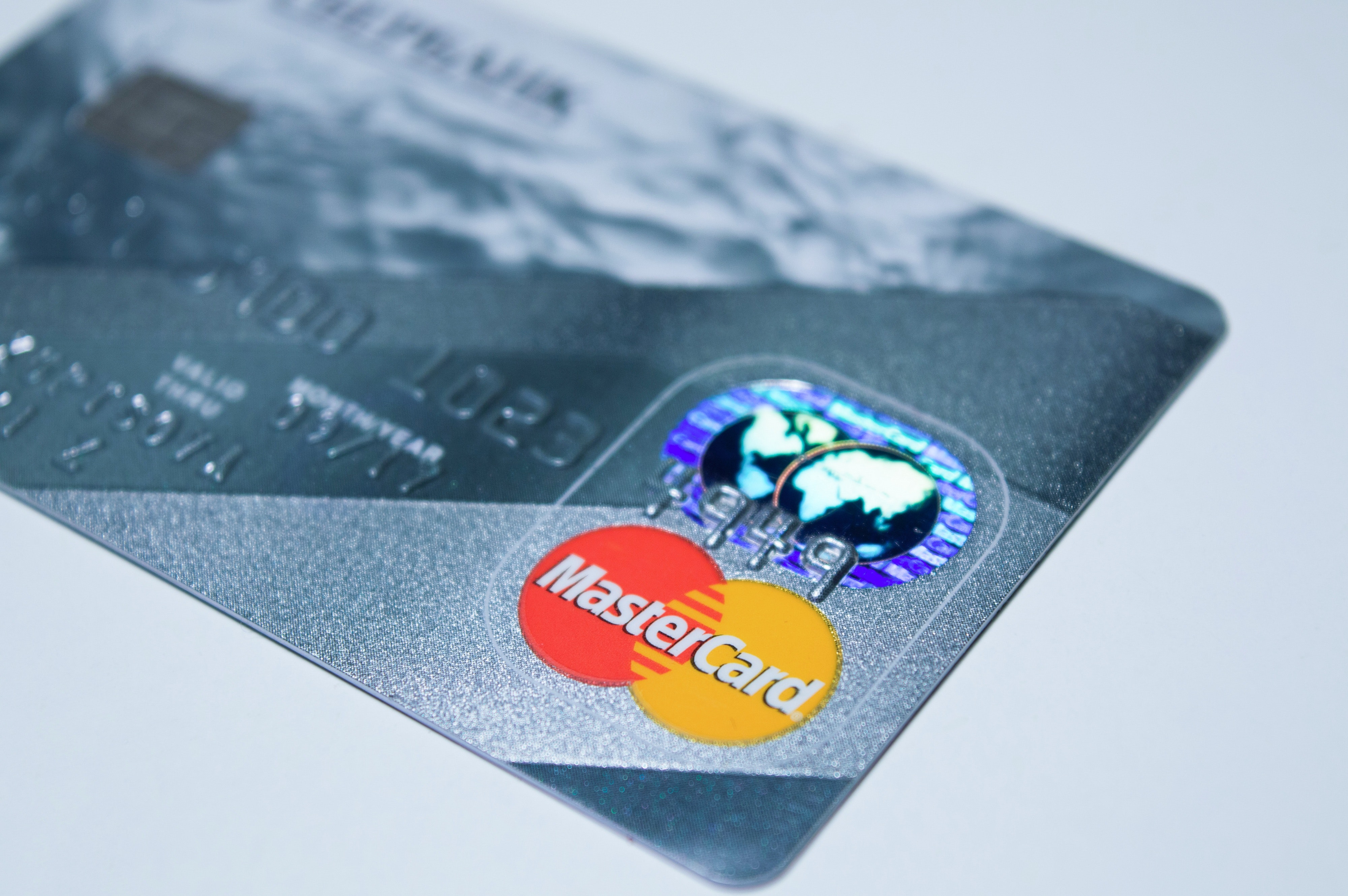Originally published in The Street
By Damian Maldonado
A happy person has no history, an old French proverb says. Perhaps, but try getting a mortgage or a car loan without proof of past credit use. Nearly impossible, until now.
A new way of measuring creditworthiness for those who have little or no credit history is set to hit the market soon, and that could mean more loans to more good borrowers. Good news for lenders, too, because some 15 million more Americans are expected to be scored by the new data, undoubtedly some of them worthy of a loan.
Millions of Americans don’t have credit. They might be young folks who haven’t taken out a car loan or developed a credit card habit. They might be immigrants, including both legal and undocumented, who rarely visit a bank. They might be Americans who simply avoid plastic and car loans — a respectable choice. They might be among those indebted long ago who now want to avoid overspending, which, given the nation’s financial mess over the past seven years, isn’t unreasonable.
But shouldn’t mortgage lenders give a careful person with no credit history the same shot at the American Dream as a person who borrows money on plastic, often at ridiculous interest rates, to dine out or go to the movies? After all, which one is more responsible? And why do we think it makes sense to push someone to take on credit card debt to prove his or her creditworthiness?
That’s some of the thinking behind a new FICO (FICO – Get Report) credit score for borrowers who have been using cash instead of credit — the so-called “unscorable.”
The new alternative score, which does not have a name yet, will use metrics such as cable television, cell phone and utility bill payments, as well as how often an applicant changes their address as the proxy indicators for creditworthiness.
Once approved, a borrower then will be able to demonstrate she can maintain good credit with on-time payments, resulting in a traditional credit score.
It makes a lot of sense, but will traditional mortgage lenders be quick enough to adopt the tool?
FICO (formerly Fair, Isaac & Co.) and its partners, Equifax and LexisNexis Risk Solutions, announced the new score last month. Twelve large credit card issuers have been testing the new score in a pilot program, and the score should be available by the end of the year. Currently, lenders use FICO scores about 90% of the time when making consumer-loan applications.
The program’s biggest positive, for lenders, is the potential market size. About 53 million adults in the U.S. have no credit history. Some 15 million of them can now be scored with the new data.
Moreover, preliminary data shows that about five million would have a credit score over 620, the level when many lenders start to consider approving credit cards, car loans and some mortgages. The overall range is from 300 to 850.
Currently, some lenders use manual checks to gauge the creditworthiness of those with no credit history. Or many of will send applicants away to get a secured credit card to build their histories.
But this scoring engine is automated, so it will be simpler and faster. The biggest roadblock to wide adoption is lender acceptance. Some also believe there will be an additional fee.
Of course, those who filed for bankruptcy or otherwise suffered a negative credit event, such as a foreclosure or collections, in the distant past sometimes become “unscorable” over time as they do not obtain new credit. They should not be equated with people with no credit experience.
Conversely, no logical reason exists why those with no credit should have the same result when they apply for a loan as someone with bad credit.
Damian Maldonado is the founder and CEO of national mortgage company American Financing.

